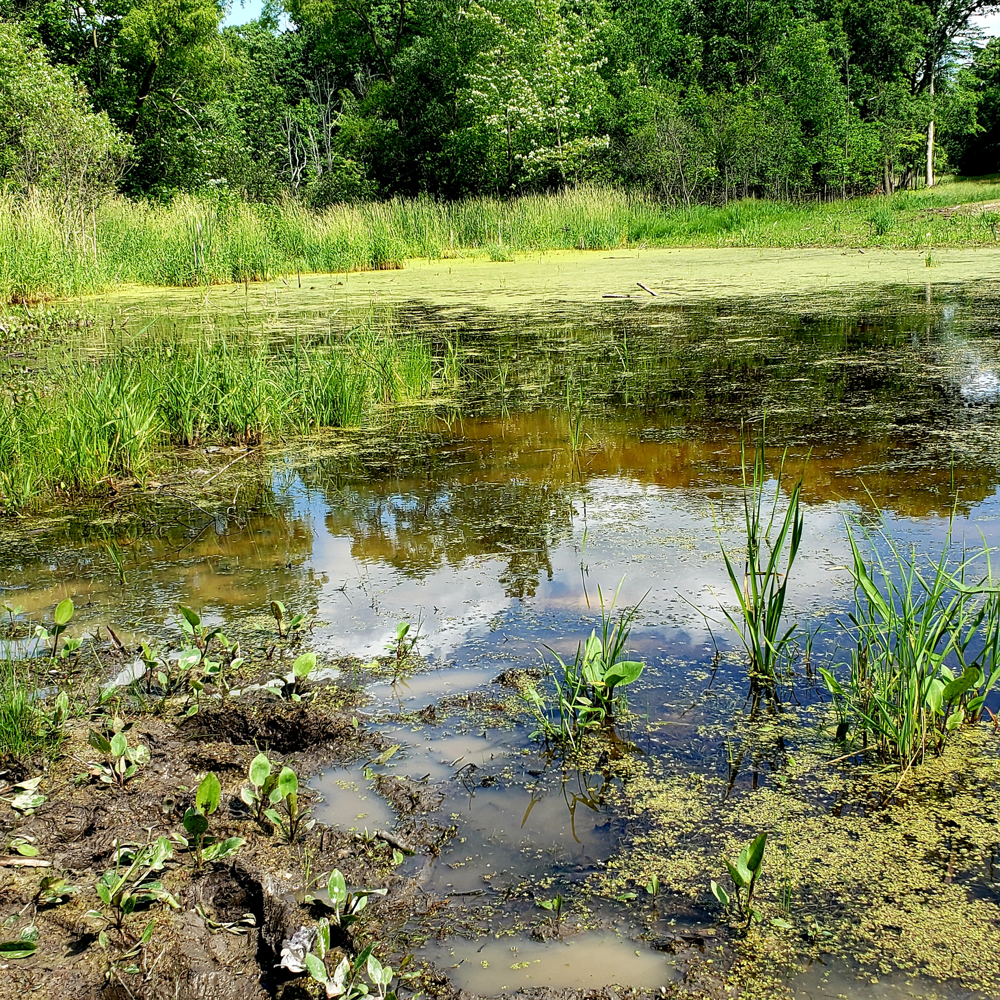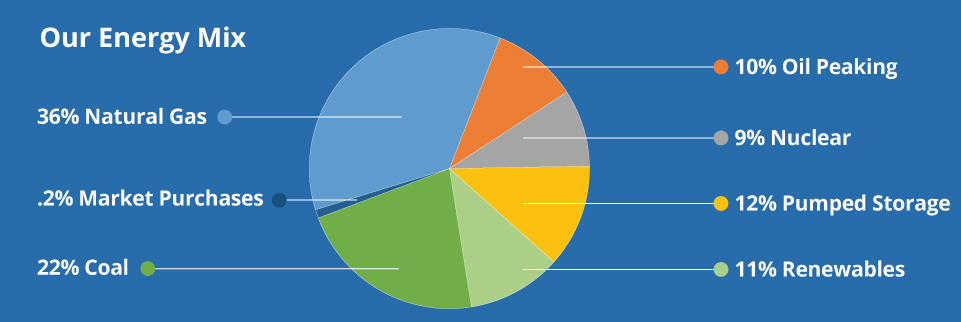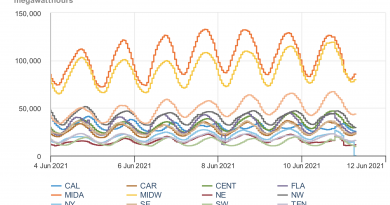Consumers Energy: Bests DTE And Even Saves Endangered Turtles
Jackson, Michigan-based Consumers Energy (NYSE: CMS) enjoys any opportunity to show up its major rival and big brother, DTE Energy, a.k.a The Detroit Edison (NYSE: DTE). And we always enjoy opportunities to see cute creatures. Such was the case in a recent release from the public utility company, which just announced that it reintroduced several dozen juvenile adult turtles to a restored wetland area along a new gas pipeline.
Turtletime
The turtles in question are Blanding’s turtles, an endangered species distributed across and just beyond the Great Lakes region that, Consumers says, currently being considered for federal protection. Their numbers in the wild have been decimated by predators and habitat destruction in recent years. For this project, Consumers worked with Michigan Sea Life Aquarium, which is located in a mall in the middle of nowhere, and the Herpetological Resource and Management, or HRM, which bills itself as The Authority In All Things Herp, in possibly one of the greatest and nerdiest banners ever.
The turtles themselves are living in a wetland restored along the Saginaw Pipeline right-of-way, which was completed to replace a 1940’s era (!) pipeline that had some leaks and reliability problems. The Saginaw Pipeline’s right-of-way includes 550+ acres of restored habitat (the pipeline is buried), including not only new wetlands but also pollinator-friendly wildflowers and grasses that were common in the pre-colonial Great Lakes basin.
CMS, a.k.a. Alt-DTE
In broader context, the turtles are cool, but so, too, is Consumers’ comparatively low reliance on goal in favor of a more diverse power generation mix. The company sources power from 11% in renewables, 9% in nuclear, and 36% in natural gas, and only 22% coal, compared to DTE’s nearly 50% coal. Of course, both seem to claim to have the lead in renewables, but that number is dubious. Let’s remember that until DTE’s first wind farm a few years ago, it was counting “burning waste wood in a relatively thermally inefficient power plant up north” as “a renewable.” CMS modernized considerably under the decade-long leadership of CEO Patti Poppe, a former DTE engineer and climate skeptic-turned-climate action advocate, who has since moved on to head PG&E.
Tradeoffs For Real
Lest you think I’m letting CMS off the hook on the climate front, the cost of the $610 million Saginaw pipeline project works out to about 700-750 megawatts (0.70-0.75 jiggawatts, as it were) of installed solar capacity as a potential alternative. It’s unclear what these companies are going to do when the light green slice of the pie in the above chart becomes as big as the light blue slice by virtue of pure market dynamics and consumer demand. $610 million is an expensive stranded asset! The added capacity alone– of 200 million cubic feet of fossil gas per day- translates to an additional 10,963 metric tons of carbon dioxide per day. Based on some napkin math, that’s, well, several thousand acres of prairie that we’d need to restore– every day- to account for that new gas consumption. Scale is important, folks!
But anyways, maybe we’ll get there. In the meantime, support ecological conservation! The herps thank you in advance.






